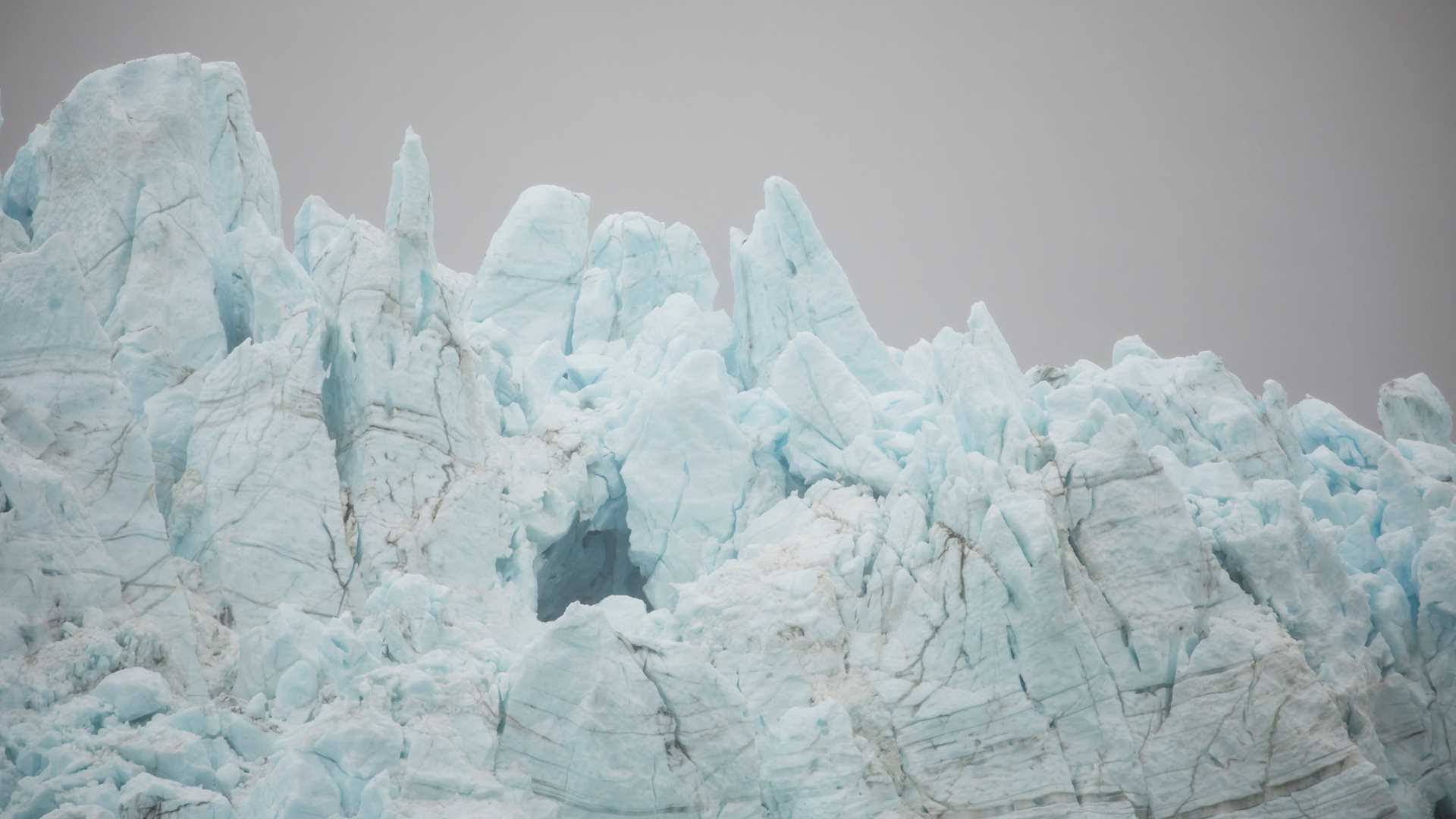Having crossed the park’s boundaries at midnight, we woke up this morning inside Glacier Bay National Park. We were now in waters once occupied by a huge glacier. The story of how that glacier retreated and advanced over time is a fascinating one. The glacier filled the bay when Captain Vancouver sailed there in the 1700s, and it once forced the Tlingit people to move out of its path by traveling “as fast as a dog can run,” according to their oral tradition.
Glacier Bay is now a marvelous national park and a natural laboratory where scientists study glaciers and how plant and animal communities recolonize newly de-glaciated areas. It is also a wonderful place to watch wildlife and today we had a wonderful time exploring it. Watching the Johns Hopkins, Grand Pacific and Margerie glaciers, we witnessed the very impressive process of calving ice, where huge pieces fall into the ocean, mimicking the sound of thunder and creating huge splashes.
Later, we sailed south looking for wildlife. We were very fortunate to find several brown bears along the shore and many mountain goats on steep cliffs bordering the bay, plus many Steller’s sea lions, sea otters, and nesting sea birds, including everyone’s favorite, the tufted puffin.
After a delicious dinner, we stretched our legs ashore at Barlett Cove, where the park’s headquarters are located. We got the chance to hike several trails and learn about the temperate rainforest and its many inhabitants. One of them was Snow, a female humpback whale whose complete skeleton is now a marvelous exhibit. A traditional canoe, carved from a tree trunk, and a totem pole allowed us to experience a bit of the cultural significance of Glacier Bay to the Tlingit culture.
Back on board, we headed out of the park, crossed Icy Strait and arrived at the northeastern part of Chichagof Island, where we found numerous humpback whales. The perfect ending to an awesome day exploring wild Alaska.







